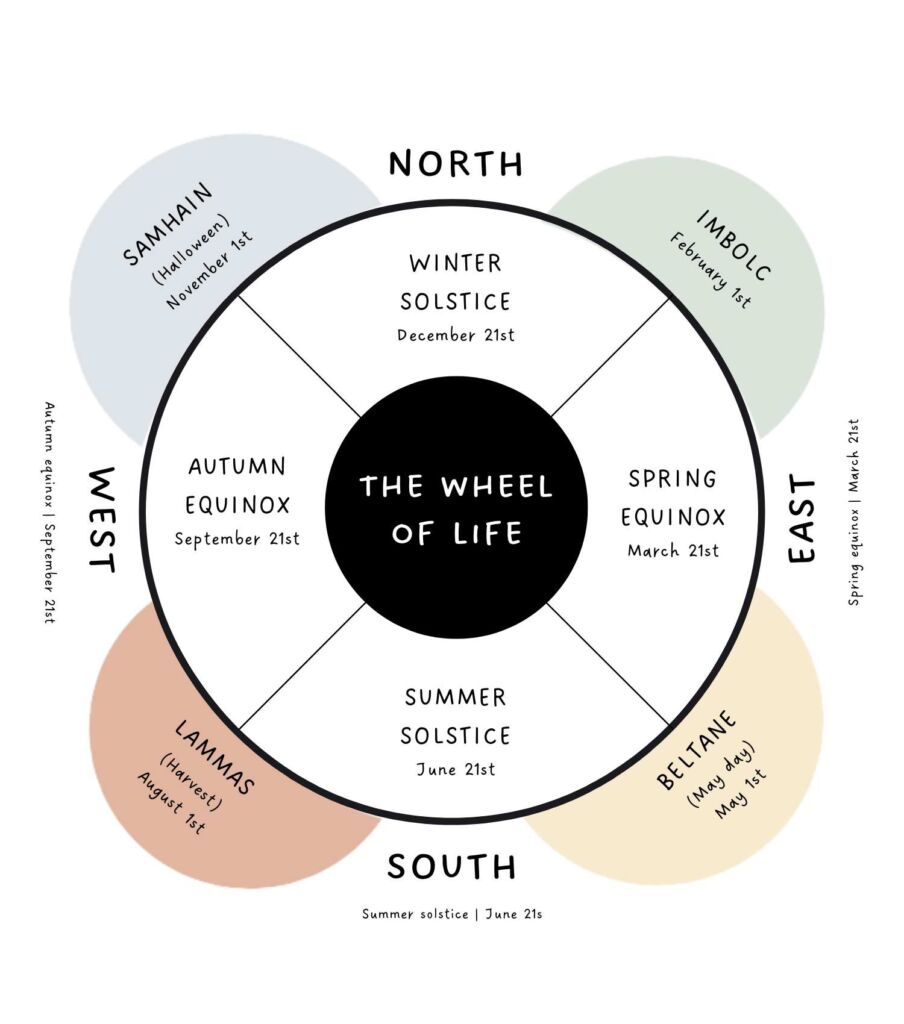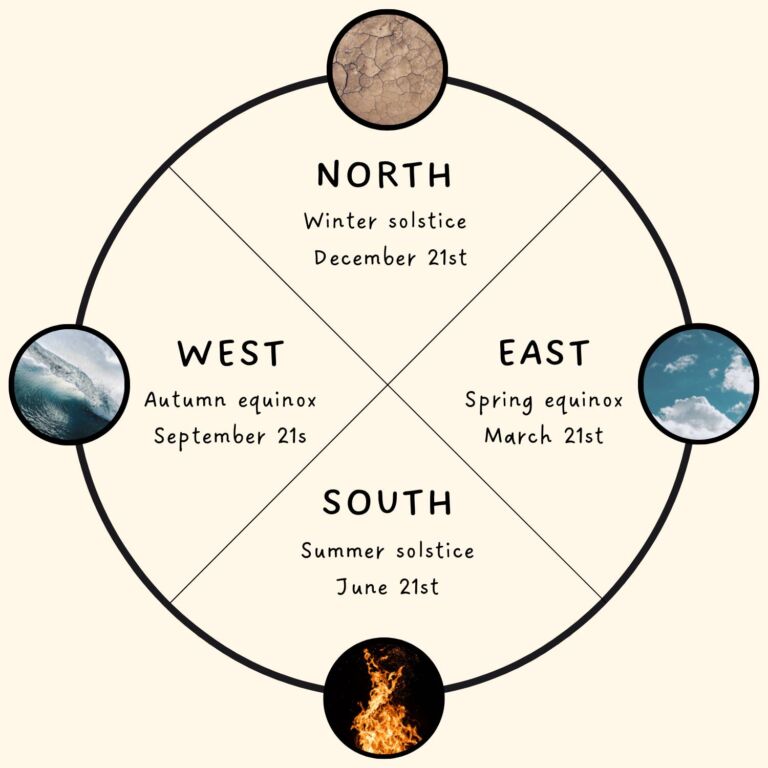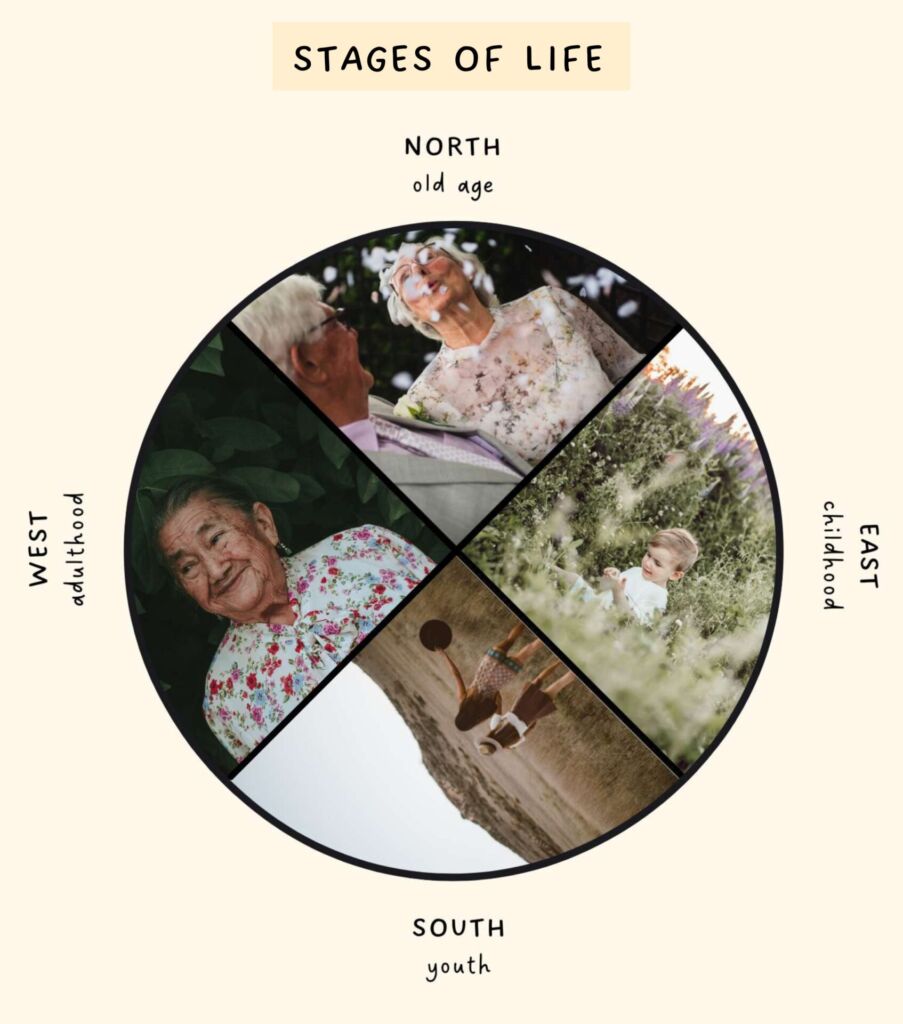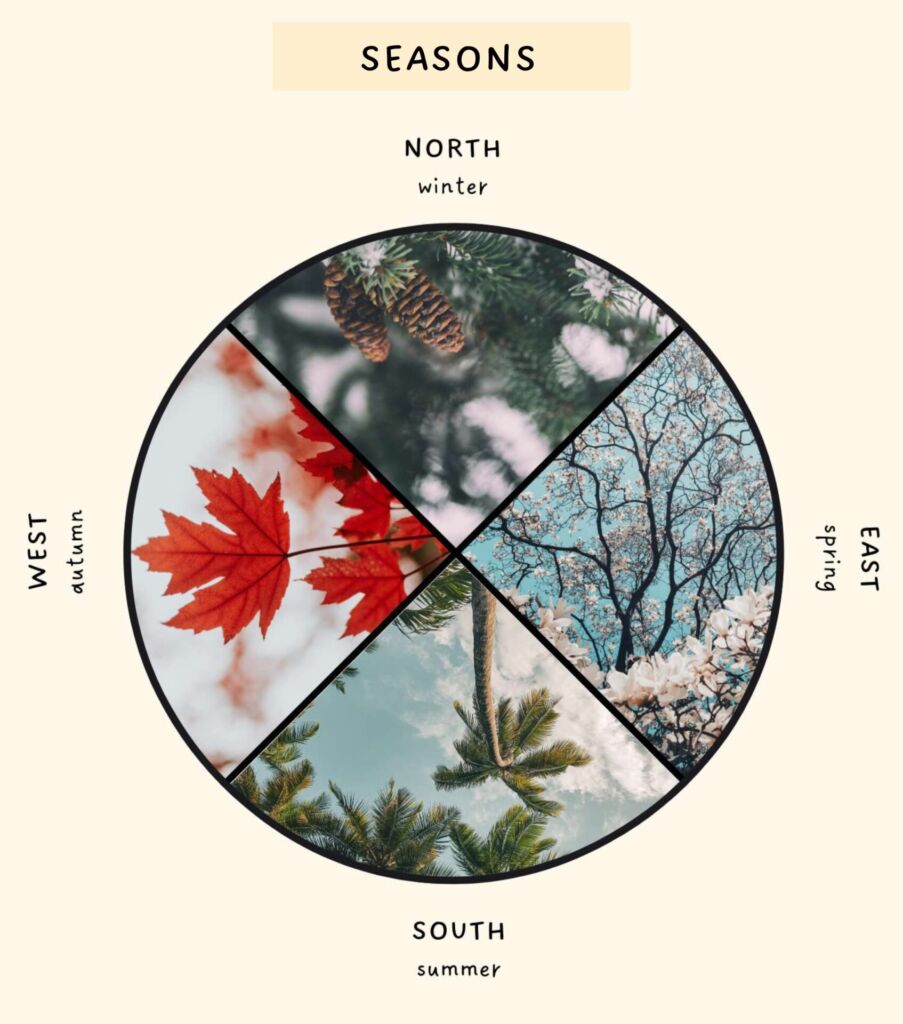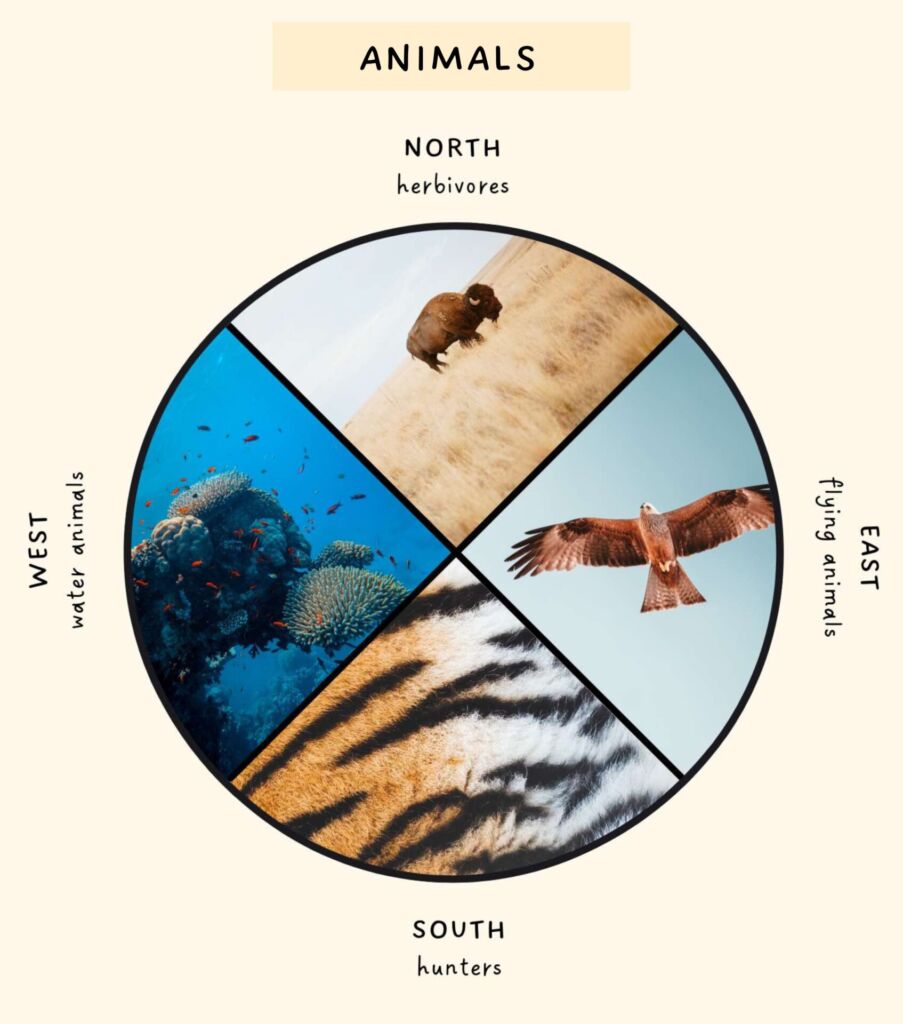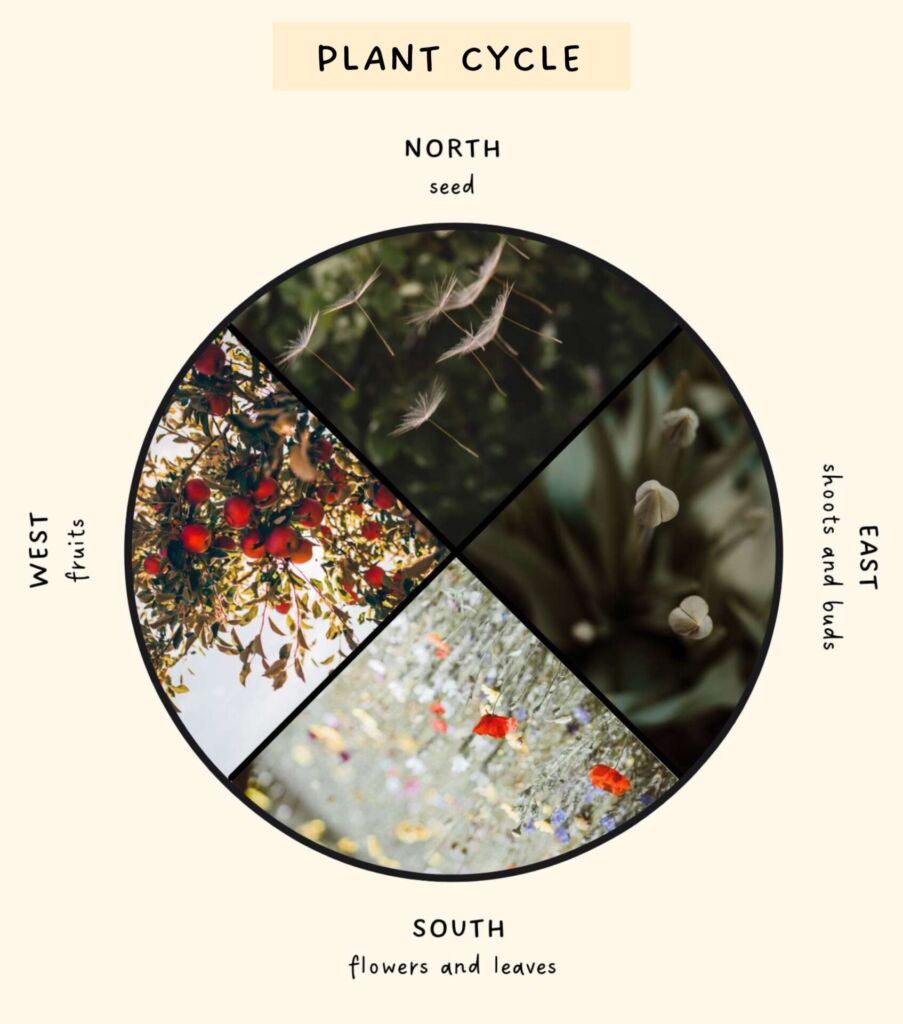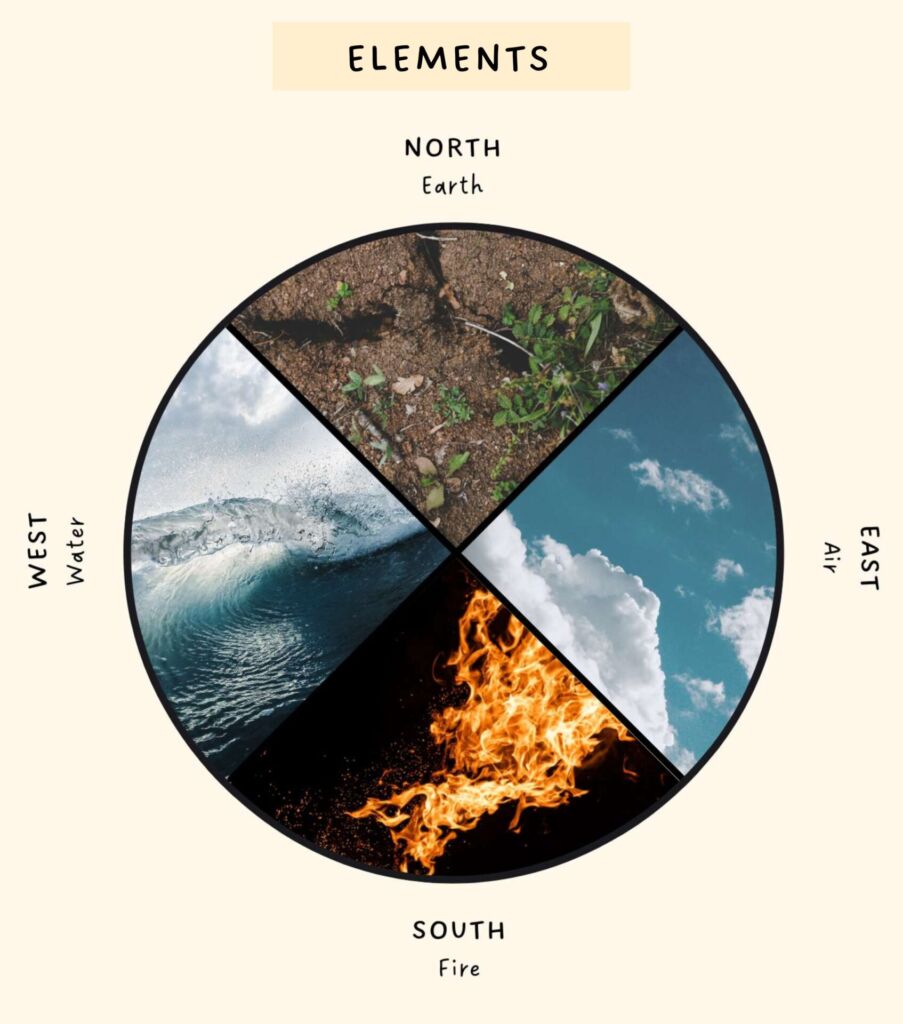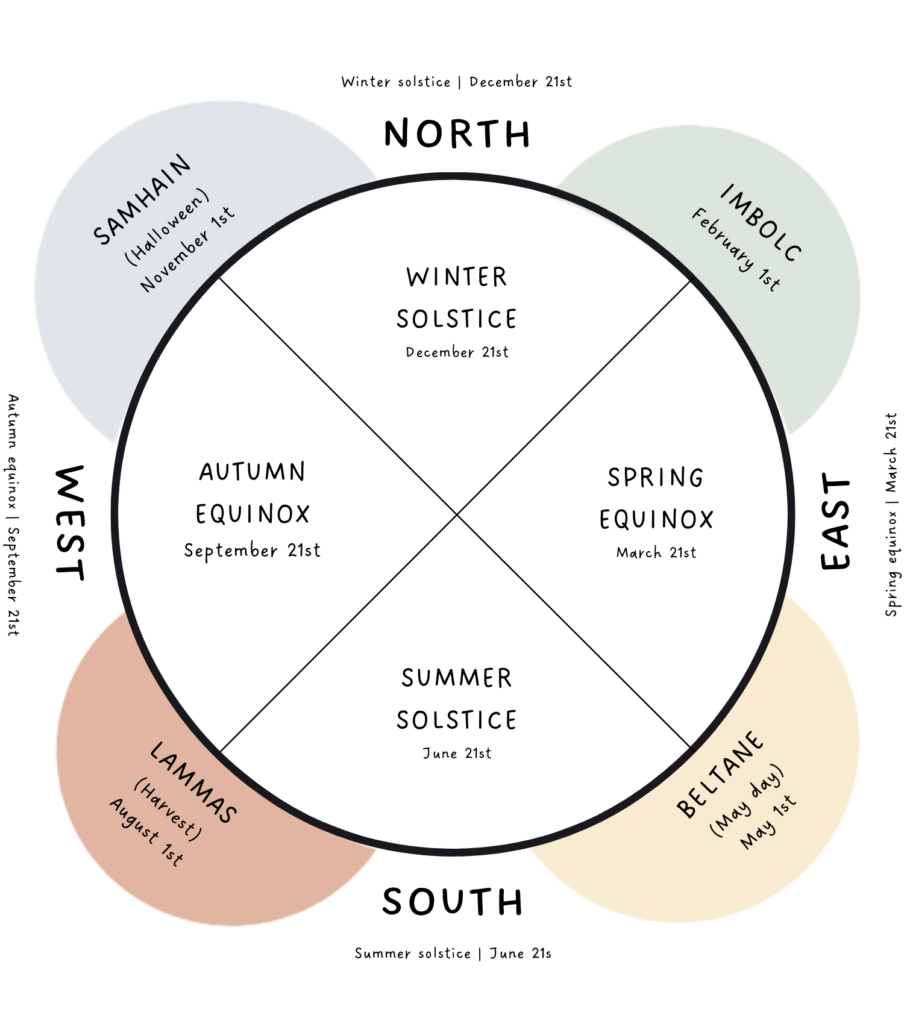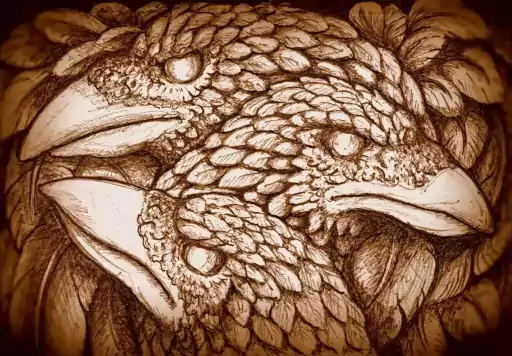WHAT IS the MEDICINE WHEEL?
The Medicine Wheel (also known as the “Wheel of Life” or the “Cycles of Life”) is a model that maps how processes flow in cycles. As such, it shows us the order of things and how things fit together into a whole.
An Invaluable ROADMAP FOR NAVIGATING LIFE
Understanding the Wheel can not only be of immense help in helping us to reconnect with Nature and the natural cycles of the year, it can also provide us with a profoundly useful road map for our own emotional, psychological and spiritual development too.
IT HELPS US GET UNSTUCK
It can be used when we feel stuck with something, by helping show us where we are in the cycle and what we need to do next to move on. Moreover, it can help show us what resources, shamanic and otherwise, that we can draw on when we need help and support.
GET THE WHEEL'S MEDICINE Teachings DIRECTLY TO YOUR INBOX
THE SHAMANIC GUIDE TO THE SEASONS OF THE YEAR AND THE STAGES OF LIFE – YEAR-LONG NEWSLETTER SEQUENCE
There is truly an enormous amount you can gain from understanding the Medicine Wheel. But first, let’s clarify something…
THE MEDICINE WHEEL IS ABOUT NATURE
It’s important to understand that agriculture and nature are not the same things. In teaching, my interest is in primarily in exploring pre-fallen (pre-agricultural) animism and applying it to the present day. Although there are agricultural versions of the Medicine Wheel, they aren’t what hunter-gatherers used. Instead, hunter-gatherer cultures, the original animist cultures, used a Wheel based directly on wild nature itself.
Hunter-gatherers are our reference point for what it means to be Human as an interconnected part of Nature.
To put this in context, remember that our disconnect from nature starts with adopting “Taker Culture” (in contrast to the “Leaver Culture” of our hunter-gatherer ancestors that preceded it). The agricultural Taker Culture begins to emerge around 10 – 11,000 B.C., the so-called “Neolithic Revolution”. It involves us beginning to tame, domesticate and dominate nature (and, in doing so, taming, domesticating and diminishing ourselves too).
Let’s be clear about what this means in shamanic terms.
Shamans say we get ill for two principal reasons, soul loss and Power loss.
SOUL LOSS is when parts of ourselves leave and don’t come back, which we covered in another blog.
POWER LOSS, on the other hand, occurs when we disconnect from nature and from the other-than-human, specifically from Animal, Plant and Stone – from being a part of nature, and instead setting ourselves unhealthily apart from nature. It’s a process that started with the agriculture and escalated with the Fall, industrialisation and the modern world. In doing so, we lost our way, leading to the Anthropcene (human-created) extinction crisis that we are now living in.
It’s why I am primarily interested in pre-agricultural, pre-fallen and healthy hunter-gatherer cultures, sane cultures, and what we can learn from them.
Let’s be clear though. This is not about going back and living their lifestyle; we obviously cannot go back to hunting and gathering. But we can (and need to) learn from their wisdom and find ways to apply it to the times we live in now.
Because we must try to heal our deeply, profoundly broken relationship nature. Our very humanity, and the survival of many of the other-than-human, now depend upon that.
Although the Wheel of Life can teach us so much about our soul, emotions, psychology, and so on, it's impoverished if it isn't embedded in nature. Because that's the whole point of it - to look at nature and what nature tells us about ourselves and who we are meant to be. To strip nature away and reduce the Medicine Wheel to just the Human is just more of a Fall.
LANGUAGE AND CULTURAL APPROPRIATION
In the modern era, the term “Medicine Wheel” was popularised by Hyemeyohsts Storm, who supposedly based his model on an ancient Mayan interpretation of the Medicine Wheel. Since the 1980s, when his book came out, his teachings have become synonymous with the term “Medicine Wheel” for many people. And if not his interpretation, then other central North American variations of the Wheel are usually what people think the Medicine Wheel is. However, there is more to the Wheel, as we shall see.
The other problem with “Medicine Wheel” as a term can be cultural appropriation. These days, it is of course vital in learning shamanism and animism to be sensitive to issues about privilege and colonialisation. With that in mind though, anthropology shows us there are versions of the Medicine Wheel from all over the world. Indeed, all hunter-gatherers had versions of it (it was, after all, essential for them, as their very survival depended upon living in right-relationship with the changing cycles and seasons). So the Medicine Wheel itself does not belong to any particular culture or cultures, but is universal. It belongs to all of us.
So here I’m not going to be talking about the Medicine Wheel from any particular indigenous tradition. Instead, what I’m interested in is the core or universal principles of it.
THE TWO BUILDING BLOCKS
If you look at culturally specific versions of the Wheel, you will find details and applications that may or may not be relevant to the place you live. Remember though that at the heart of shamanism is developing a strong connection to the land you live in. So, to make sure you can develop a version of the Wheel that is relevant to the place you live, I am going to show you the basic building blocks of the Medicine Wheel that lie underneath any culturally specific versions of it, and how you can take these and develop a version that is directly relevant to you and to where you live.
To do this, there are two basic building blocks to understand – if you get these right, then everything else falls into place…
THE FOUR DIRECTIONS
The first basic building block is the principle of the four directions – North, South, East, and West. What this immediately shows is that the version of the Medicine Wheel you use needs to be tied to the land and the particular geographical place you live in. Indeed, this is important in understanding animism and shamanism as a whole. Animism and shamanism are very much applied spiritualities. They are about how to live your life here and how, and how you live in relationship to the other beings you share the land with.
The Medicine Wheel is rooted in this. To explain the Wheel though, and how to apply it, it’s necessary to choose a particular geography to locate things in, by way of example. So I’ve chosen the Northern Hemisphere, as it is where the majority of our students (and the readers of my books) are located. However, this is only to illustrate how to apply the Wheel – again, you can take the Wheel’s underlying principles and make them relevant to you (in particular, for those of you who are in the Southern Hemisphere, you just need to take things like the four directions and adjust them as necessary).
THE FIVE ELEMENTS
The other fundamental building block is the element system – Air, Fire, Water, Earth and Ether – sometimes referred to as the “Indigenous” element system, as it is the oldest and most geographically widespread system.
Earth characteristics:
• Solid and stable (other realms are highly mobile in comparison).
• Clear boundaries and fixed place.
• Structured and ordered. Layers. Sequential (history). The past becomes fixed. Hierarchical. Endings and completion.
• Conservative. Resists change. Change is slow and progressive.
• Reasoned. Rational. Logical. Structured. Unemotional.
• Practical. Pragmatic.
• The Masculine and Father
Air characteristics:
• Boundaryless. Expansive. Space.
• Moves in all directions (and no particular direction).
• Ungrounded. Floaty.
• Moves in fits and starts.
• Impressionable. Picks things up.
• Connects things.
Fire is:
• Energy and vitality – physical, mental and emotional.
• Power. Self-empowerment. Self-confidence. Self-belief. Healthy
assertiveness. Ability to hold good boundaries.
• Drive. Optimism. Enthusiasm. Motivation. Courage. Direction.
Purpose
Water characteristics:
• Flow and fluidity.
• Seeking Earth.
• Boundaryless.
• Persistence.
• Holding onto things.
Ether is the hardest of the elements to understand. Essentially, it is “potential”. It creates space for the other elements to exist in. It’s the whole of the Wheel.
Now I want to be really clear – the Indigenous element system is not the same as the Chinese element system of Earth, Water, Fire, Wood and Metal. Because the elements appear similar (and three of them sound the same), people often assume they are versions of the same system. This can lead to a lot of confusion. The reality is they are different languages. Confusing them would be a bit like trying to learn Mandarin whilst thinking it is the same as Spanish, or learning basketball whilst confusing the rules with netball.
The Chinese system is fantastic. It works great. And though, you have to think of it as a different language. If you try to translate what I am about to teach you into the Chinese system, until you have learned and understood each system separately, you’ll just end up in a hot mess where nothing makes sense!
The Chinese element system is (obviously!) practised in China (although, interestingly not as much in the north or west, where the Indigenous system is more common). Historically it emerged out of Han culture – a city-state, colonial culture. As such, it is practiced in areas of the world that were heavily influenced by this culture, notably Korea, Cambodia, Vietnam and Laos for example (although not so much in Japan).
The Indigenous element system, on the other hand, is nearly universal and found throughout the rest of the world, including northern China and Japan, Russia, Siberia, Tibet, India, and throughout Europe, the Americas and so on. It is also much older than the Chinese system, by probably tens of thousands of years. So please keep in mind what I will be discussing is the Indigenous element system, not the Chinese one.
MAPPING THE WHEEL
In order to start building the Wheel, we must look at the four directions again.
The north, south, east and west give us a basic framework.
The four directions give us spatially fixed points. Everything else then builds from this.
Swipe left to see all the different attributes of the Wheel:
WHY WE GET STUCK?
The Medicine Wheel, the cycle of nature, is an excellent tool for showing us any issue we have by indicating where we’ve got stuck in the cycle. Then, we can look at it, explore the next part of the cycle, and understand what we are resisting and what to do about it.
Energetically, health is based on the free flow of energy. We get ill when we get stuck at some point in what should be a freely-turning wheel.
Often, when we have a problem it is because we are stuck in an element and over-using it, or because we are avoiding the element that needs to come next in the cycle.
You may ask yourself, for instance, if you are stuck in Air, what messages have you received about Fire, and what is your issue with it? You can then find Fire teachers – shamanic Guides including other animals and plants, and even stones – to help you heal your wounds around Fire and show you how to embrace it in a healthy way. In doing this, you can learn to flow around the Wheel and not get stuck, and learn to draw on other elements as needed (because there are times in life when you need different elements).
TRANSITION PLACES
In shamanism, there is a particular interest in transitions, in the “betwixt and between” places, the cracks between the worlds. This is where the really interesting stuff happens, where the veil between the physical and spiritual realms is at its thinnest. This applies to the transition places in the Medicine Wheel too, the transitions from one element to another.
Read more about the betwixt and between places.
By understanding these transitions, and the elements involved in them, we can gain a deeper understanding of ourselves, of the world, and of the interconnectedness of all things.
February 1st: IMBOLC (from Earth to Air)
May 1st: BELTANE (from Air to Fire)
August 1st: LAMMAS (from Fire to Water)
November 1st: SAMHAIN (from Water to Earth)
GET the WHEEL'S MEDICINE Teaching DIRECTLY TO YOUR INBOX
THE SHAMANIC GUIDE TO THE SEASONS OF THE YEAR AND THE STAGES OF LIFE – YEAR-LONG NEWSLETTER SEQUENCE
Newsletters go out on the eight sabbats of the year:
- February 1st: IMBOLC
- March 21st: SPRING EQUINOX
- May 1st: BELTANE
- June 21st: SUMMER SOLSTICE
- August 1st: LAMMAS
- September 21st: AUTUMN EQUINOX
- November 1st: SAMHAIN
- December 21st: WINTER SOLSTICE


